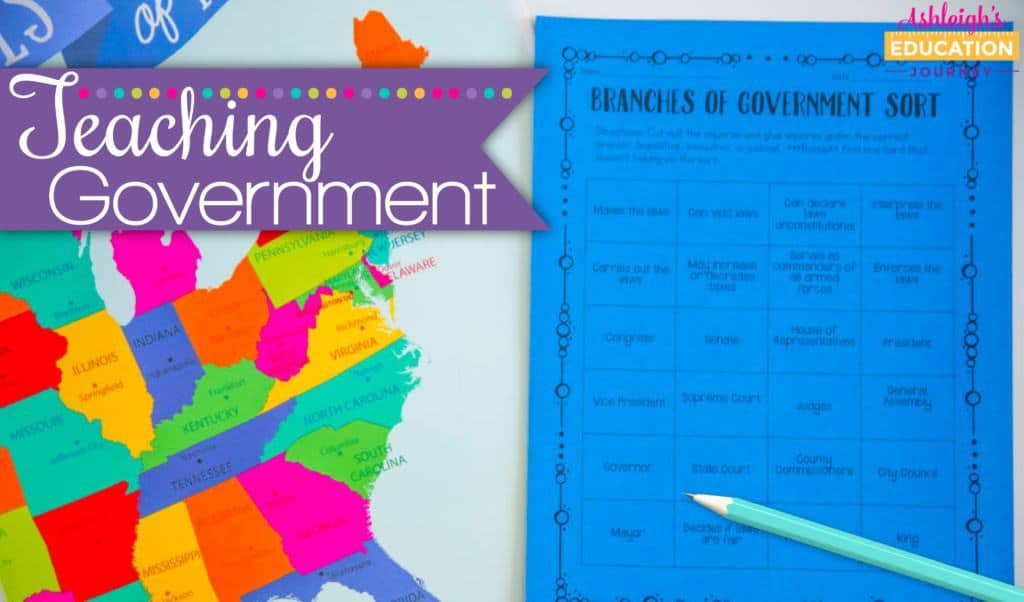
Teaching American government doesn’t have to be boring or overly complicated. Government is an abstract concept, and many students have a difficult time making connections to the concepts. The vocabulary is also difficult for upper elementary students. Fortunately, there are many ways to make this unit meaningful AND fun for students,.
Teaching Government Through Simulations
Students always enjoy a good simulation, simulations tie in perfectly to social studies. When I teach government, I use a direct democracy and representative democracy simulation to engage students. It’s a fun way to make a difficult concept concrete and meaningful. In this simulation, students determine which new playground equipment should be purchased.
They first vote on the new playground equipment through a direct democracy. Then, they vote on the playground equipment through a representative democracy. In this version, students vote on a student council representative. They have to decide which representative best reflects their own opinions, and they see that there may not always be a perfect fit. The simulation is a part of my American Government Unit.
Government Reading Passages
I love integrating social studies and science units with reading and writing, and it’s a great way to present new content to students. I’ve created a Government Close Reading packet that I incorporate this into my social studies lessons, rather than my reading lessons. I only focus on one passage a week, so it doesn’t take us too much time to complete. Here’s a glimpse at how I use the close reading passages:
- Monday: We read the passage together. Students write notes and ask questions.
- Tuesday: Students answer the first read questions and cite text evidence.
- Wednesday: Students reread the passage, highlight key words, and circle any unknown words.
- Thursday: Students reread the passage and answer the second read questions.
- Friday: Students answer the third read question.
The passages are written on three different reading levels. This helps teachers differentiate their instruction.

There are three sets of questions for each passage. The first set of questions requires students to answer explicit questions using information from the text. I always have my students underline the answer in the passage. On the second set of questions, students focus on vocabulary and nonfiction text features. This is also where students think about main idea and author’s purpose which are always challenging skills for students. The third set of questions is where students apply informational writing strategies with a constructed response question.

Government PowerPoint
Powerpoint (or other presentations) are a good way to introduce new topics. I often start my government unit by teaching about the three levels of government. I made a little PowerPoint presentation that explained the three levels of government in student friendly terms. You can download a copy of the PowerPoint presentation here.
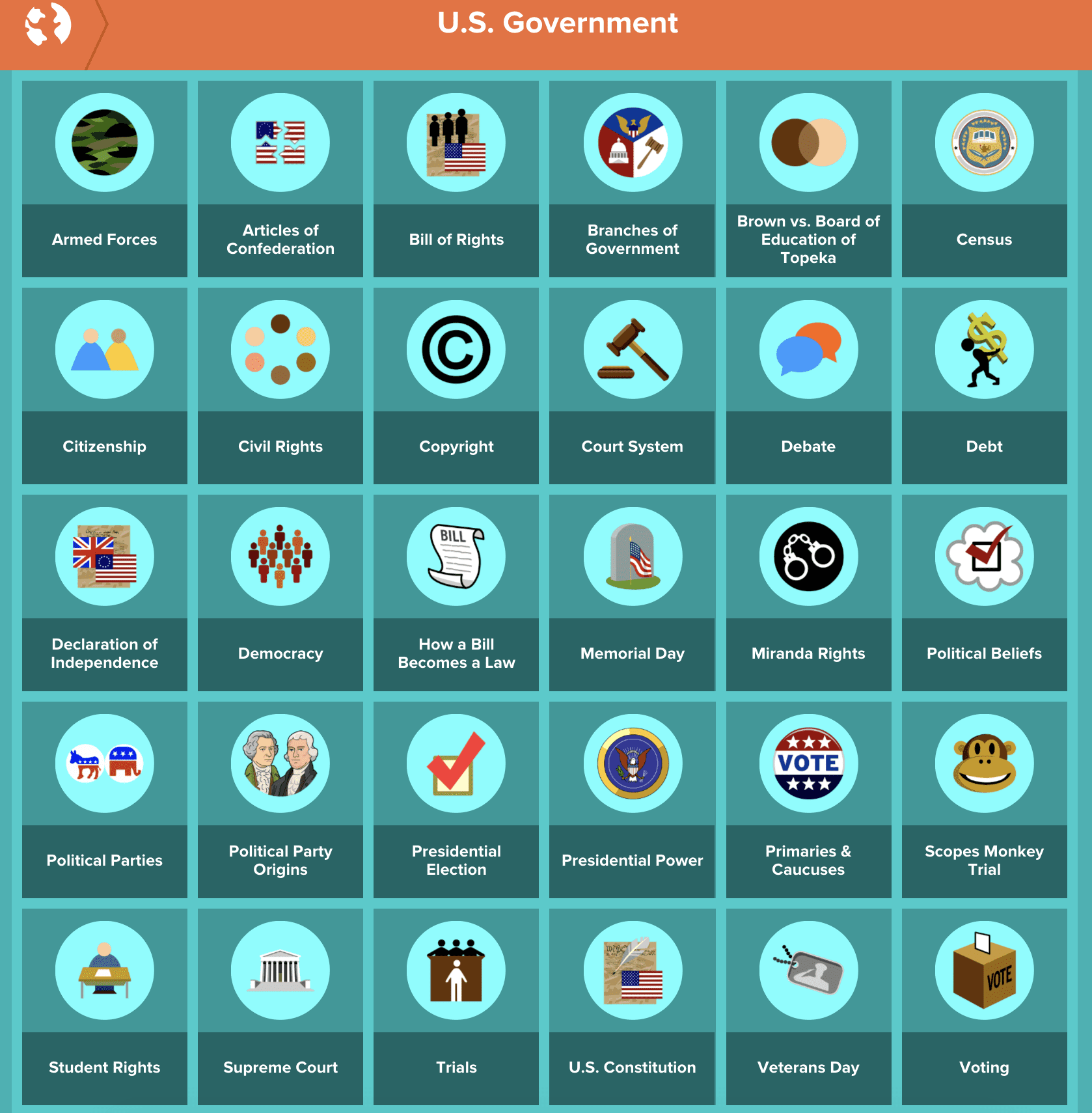
Government Graphic Organizers
You can use several different graphic organizers to teach levels of government and branches of government. Another great strategy is to incorporate interactive notes, which helps students organize information. The graphic organizers below are part of my American Government Unit.
Government Interactive Notebook
As students learn new content, they can add entries to their social studies interactive notebooks. This is a wonderful tool that allows students to take focused notes in an engaging and purposeful way. I have students add to their interactive notebooks on the day after I introduce a new topic. This gives students an opportunity to explore and process the new information the previous day. You can find my Social Studies Interactive Notebook here.
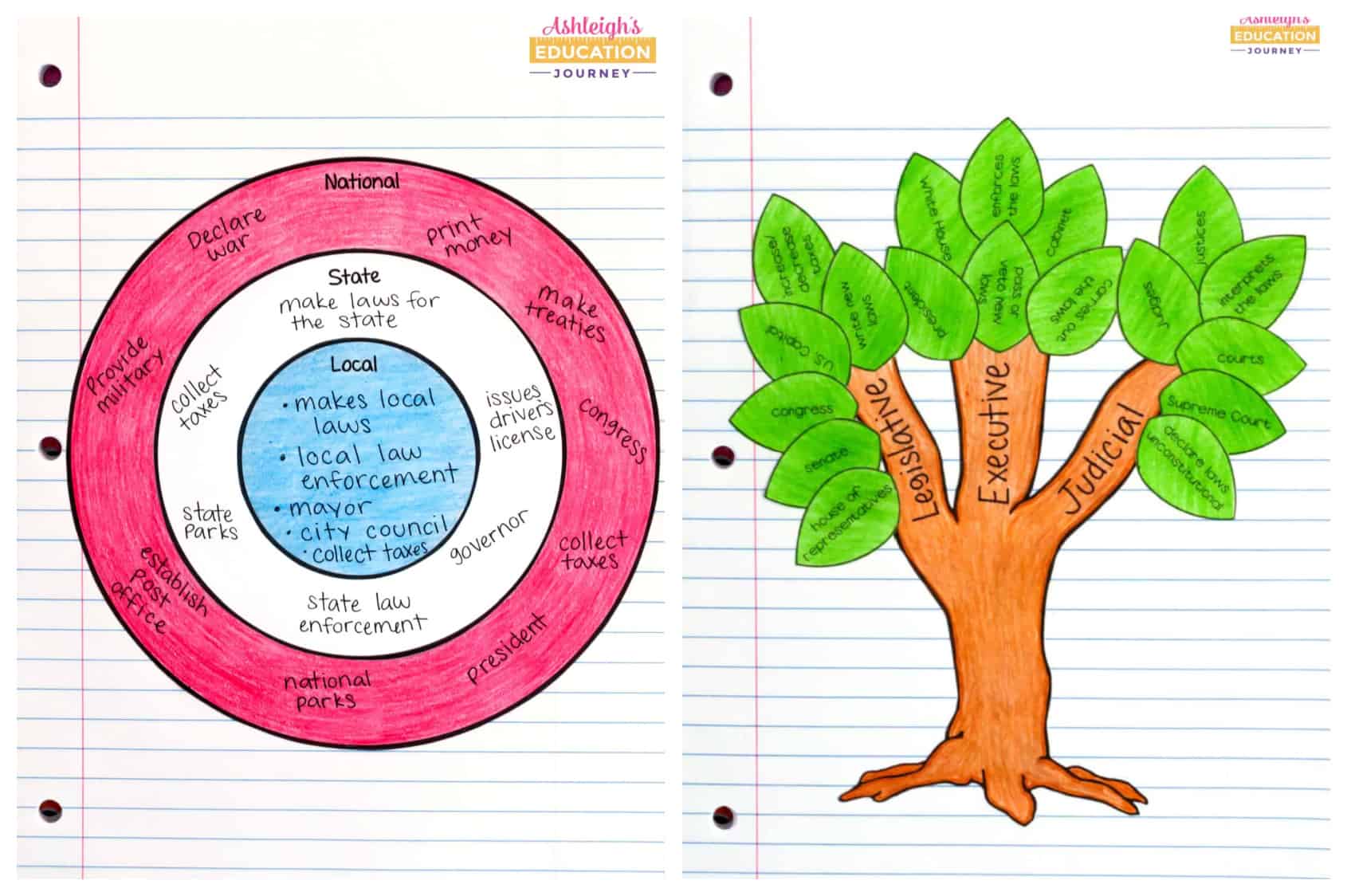
Branches of Government Sort
Government Task Cards
You can also incorporate task cards into your government instruction, because I don’t know if I can ever provide enough review for my students! We enjoying playing Scoot with our government task cards. Be sure to download the free task card here.
Teaching Government With Games
One of students’ favorite government review activity is the government review fortune teller (Cootie Catchers). There are three different versions of the review game, and my students LOVE playing with them! Just a warning, you may have to force students to put them away.
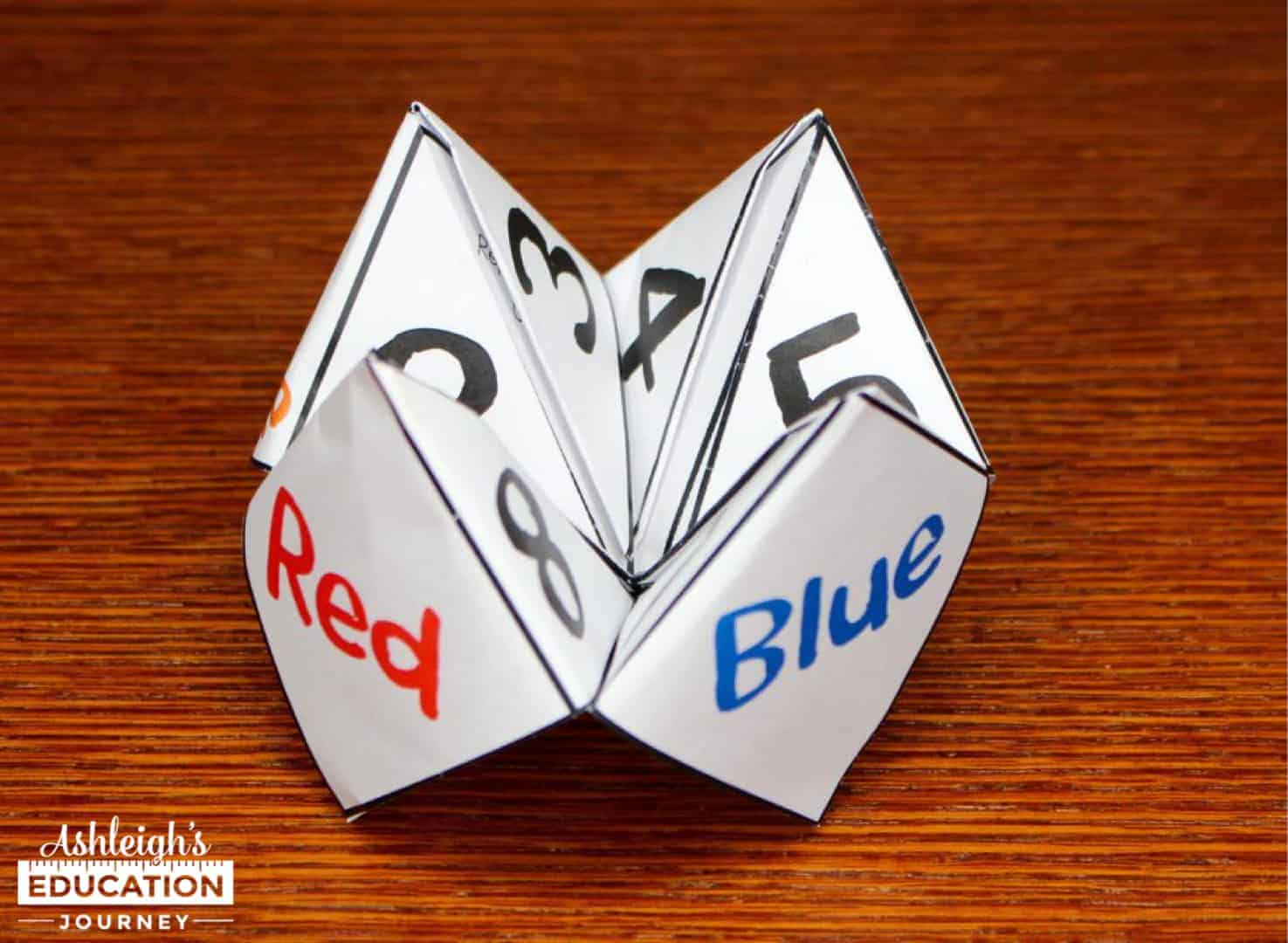
The only materials needed for my favorite game are three pieces of paper, tape, and a marker. Write each branch of government on a different piece of paper and tape the paper into three different locations in your classroom. Give students a clue or question where the answer is a branch of government. Once the clue is read, students must walk to the sign that reflects the answer. Once students are in place, any student standing at the wrong area of the room is out and must sit down at his/her desk or table. To keep students reasonably calm, I did add a ‘no running’ rule to the game. Anytime a student ran to a corner, s/he was out. (I also had to add a ‘no sliding into the corner’ rule.) Continue calling out questions until there is one student standing, and that student was the winner.
The Concern
We probably played ten rounds of this game during a 30 minute segment. As I was making up this game, one of my concerns was that students would just follow each other, and that’s exactly what they did. However, that didn’t last long. In one of my first questions every student but one went to the wrong corner. That was perfect, because it let me know I need to spend more time talking about the General Assembly, and let my students know that they should follow their own instinct. One of my best and most unexpected surprises was how my students reacted when they were out. In a lot of games, once a student is out s/he just tunes everything else out. This was not the case. My students got out their social studies interactive notebooks and started pouring over the government entries. As soon as I called out a question, they were searching for the answer in their notebook. They knew they would have plenty of opportunities to get back in the game.
Government Centers
I also love having a government choice board that can be used as a social studies extension project or for student centers. This choice board incorporates the higher levels of Bloom’s Taxonomy, so students will analyze, combine, forecast, expand, construct, create, explain, hypothesize, and improve. The activities included in the choice board are also a great way to integrate reading, writing, and social studies. This is also in my American Government Unit.

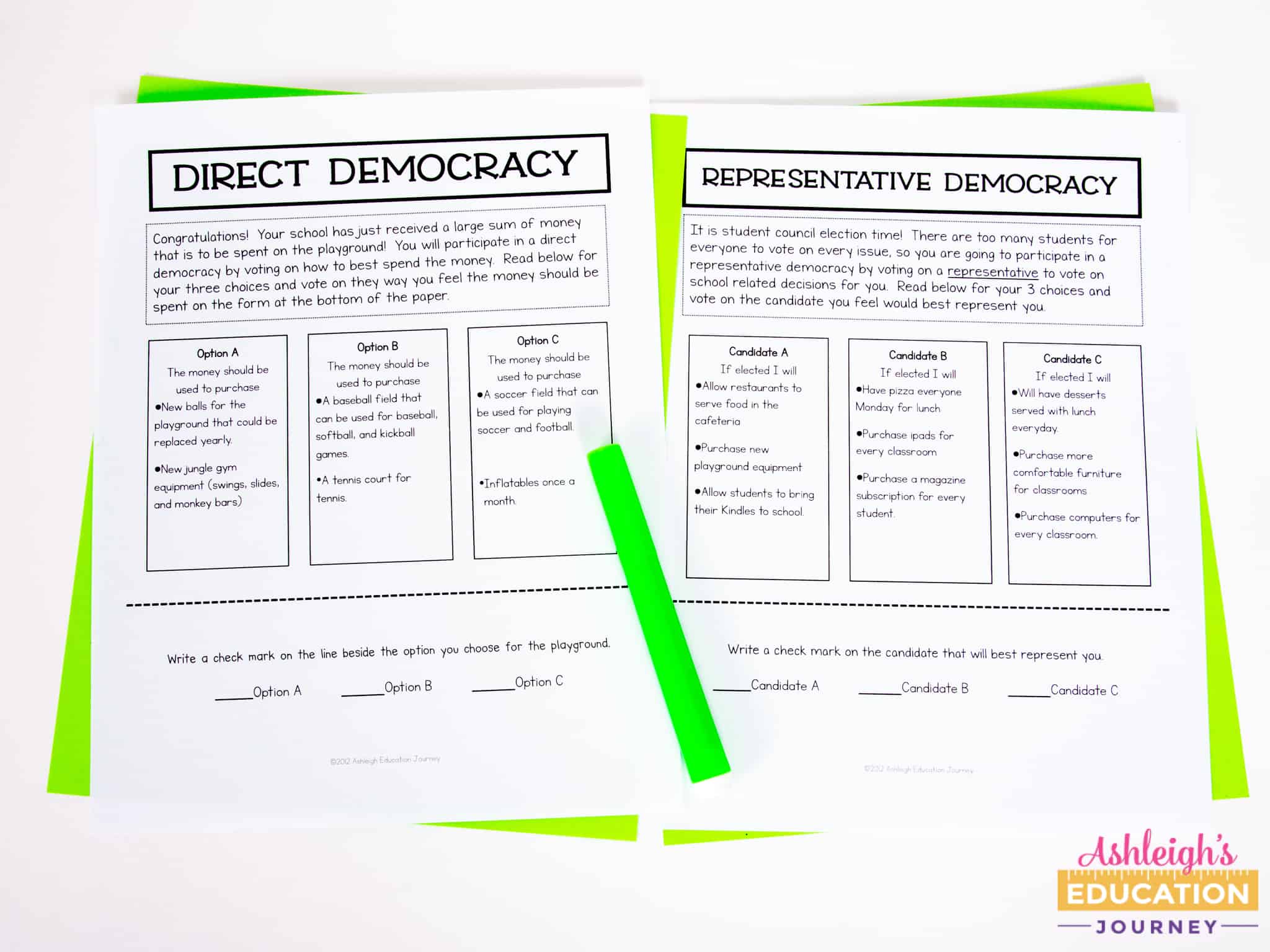
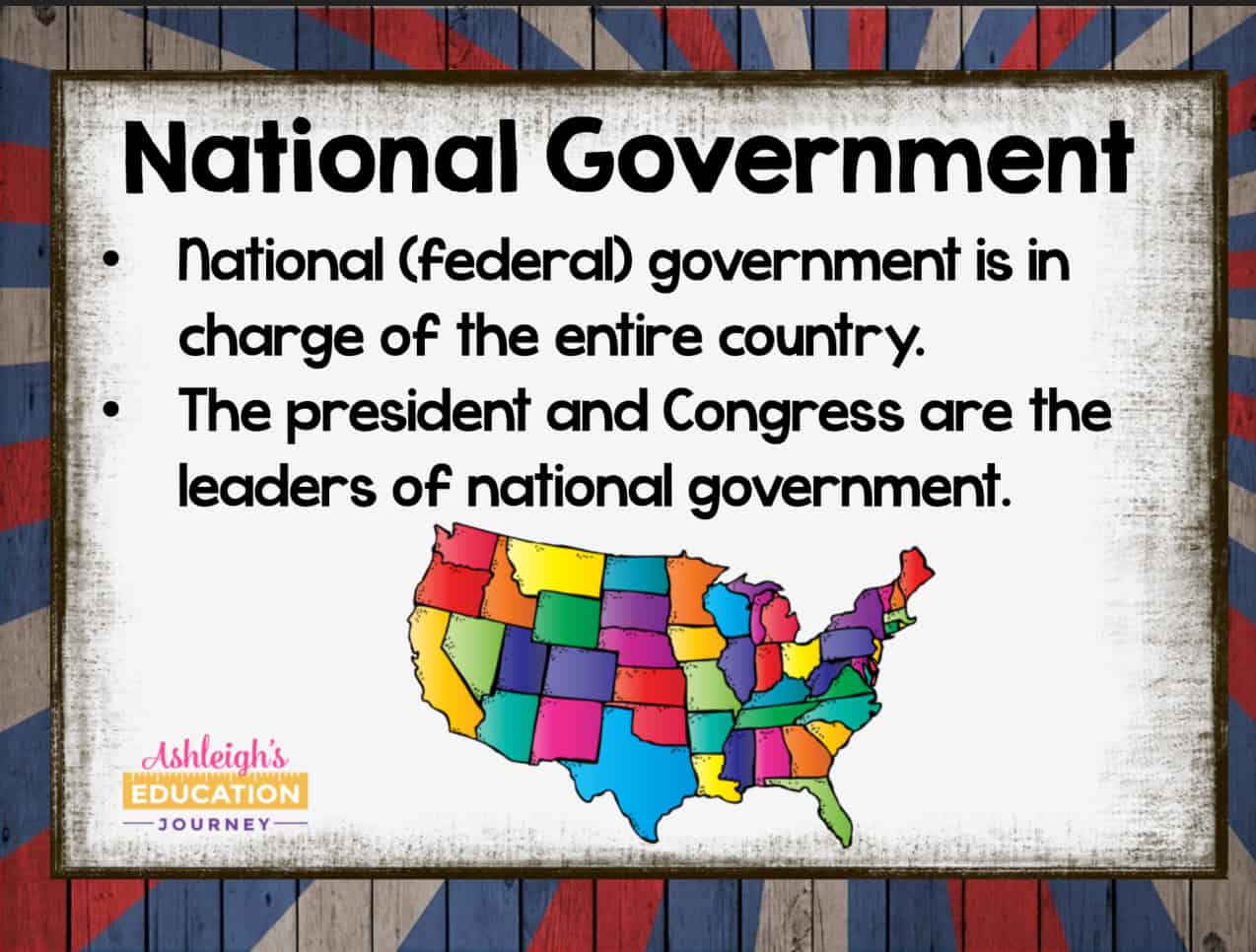
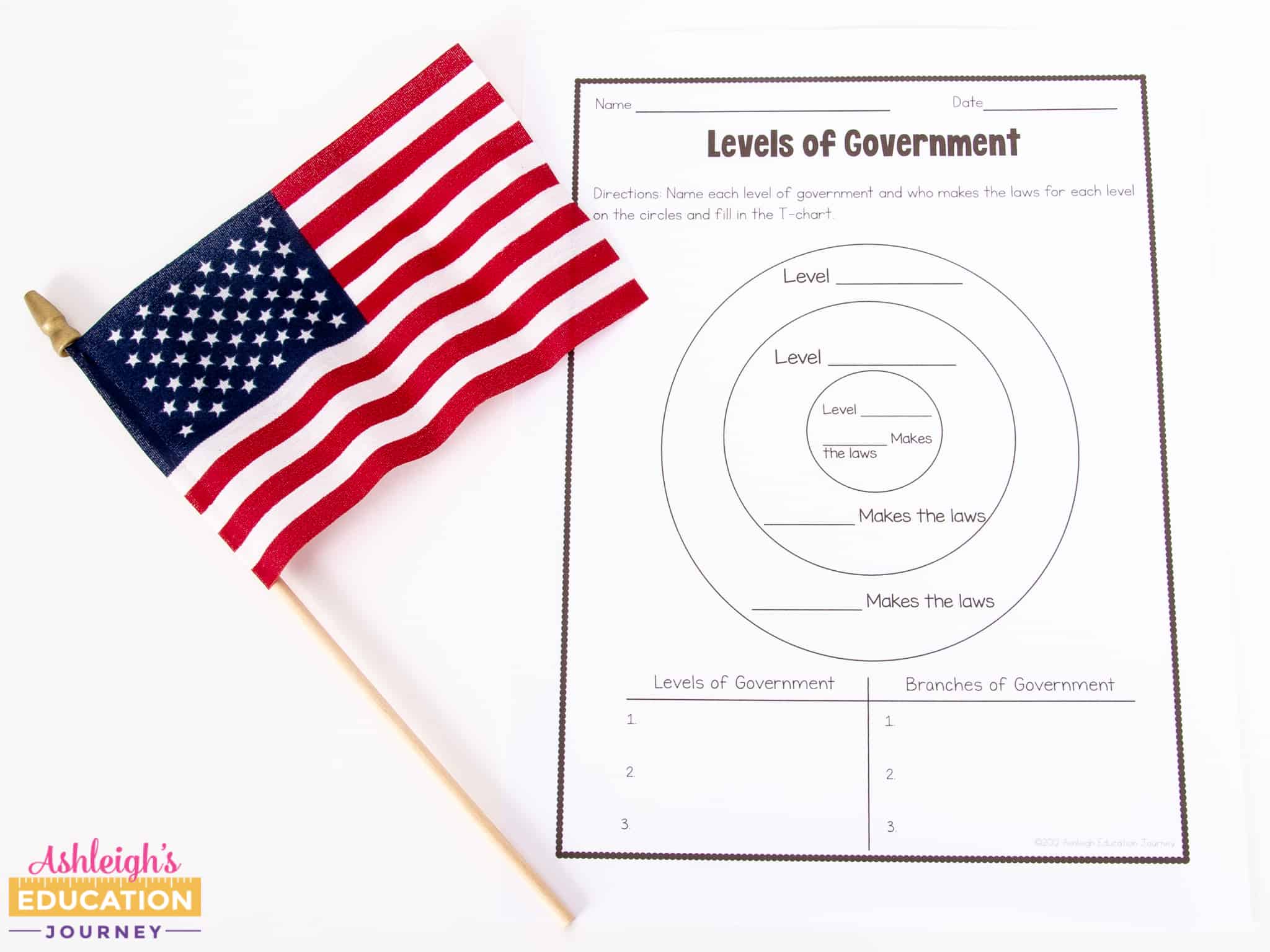
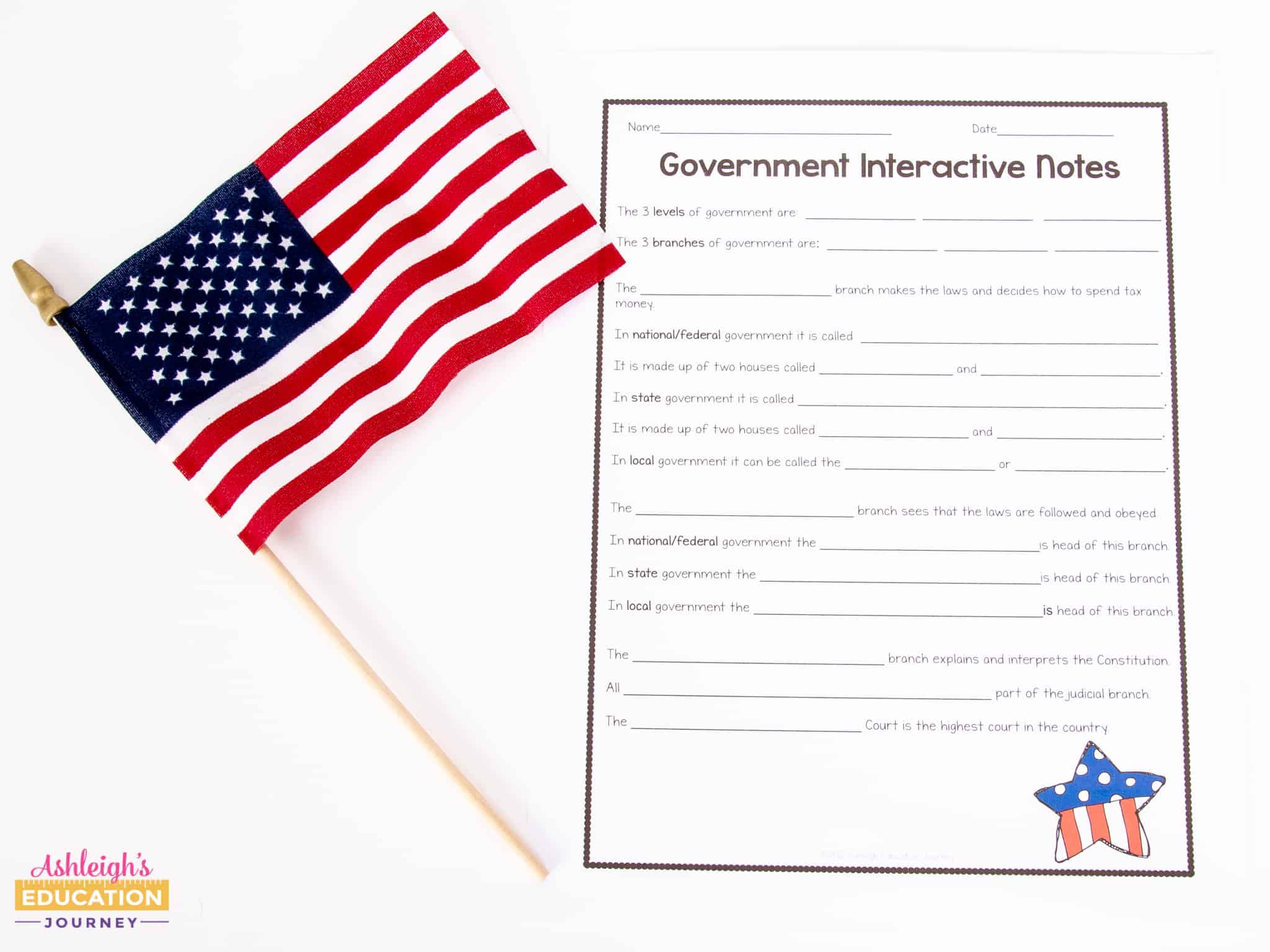
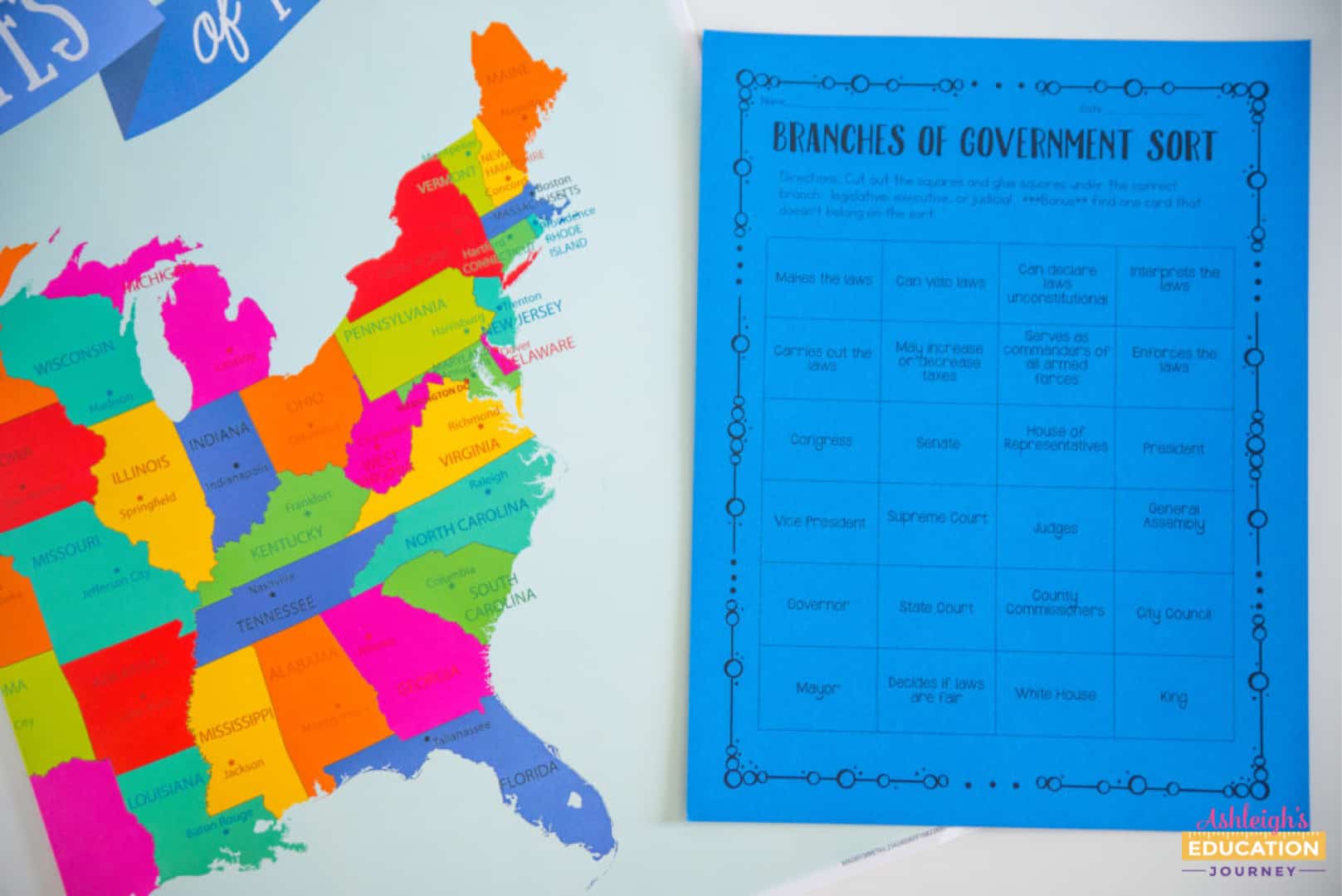
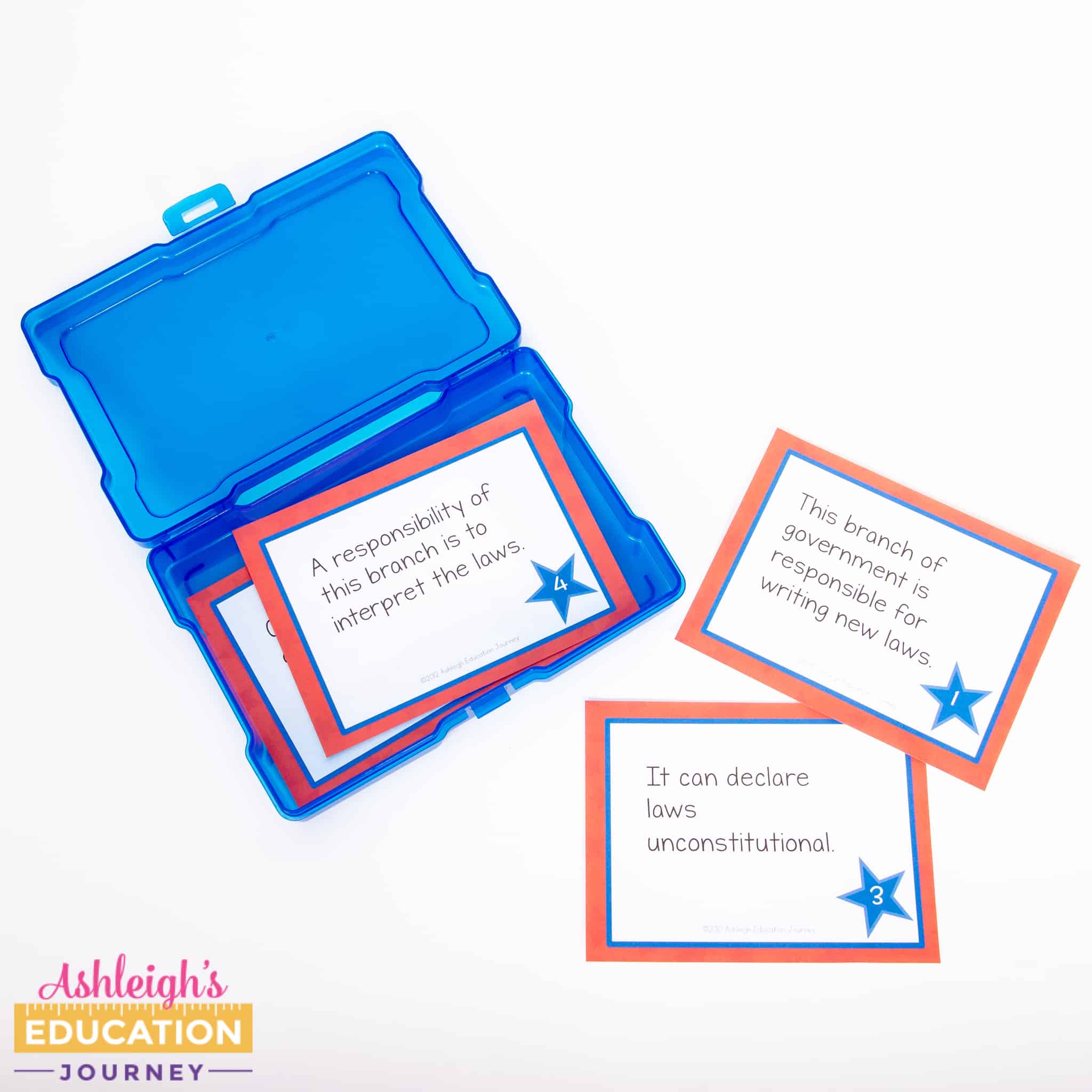
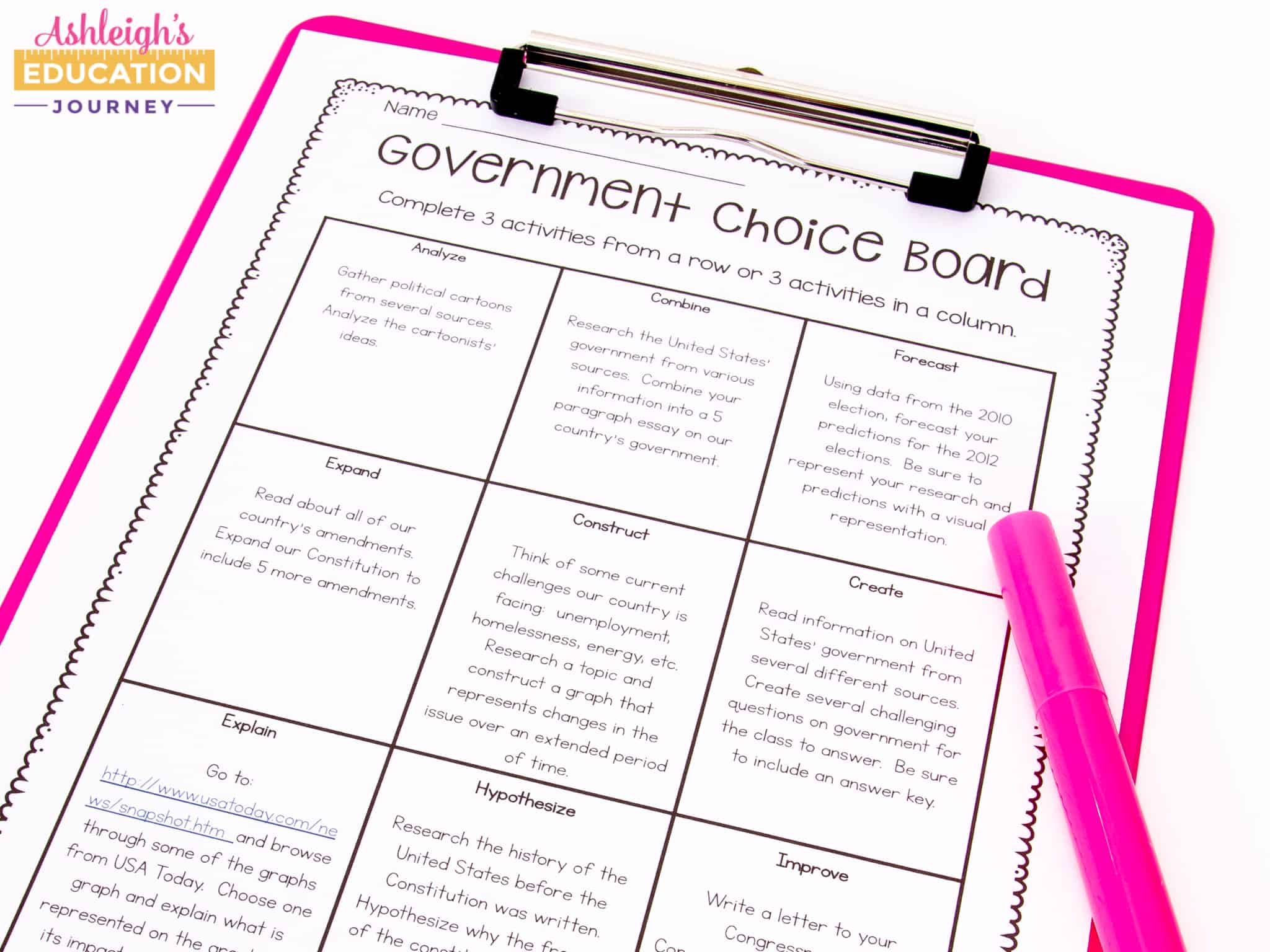
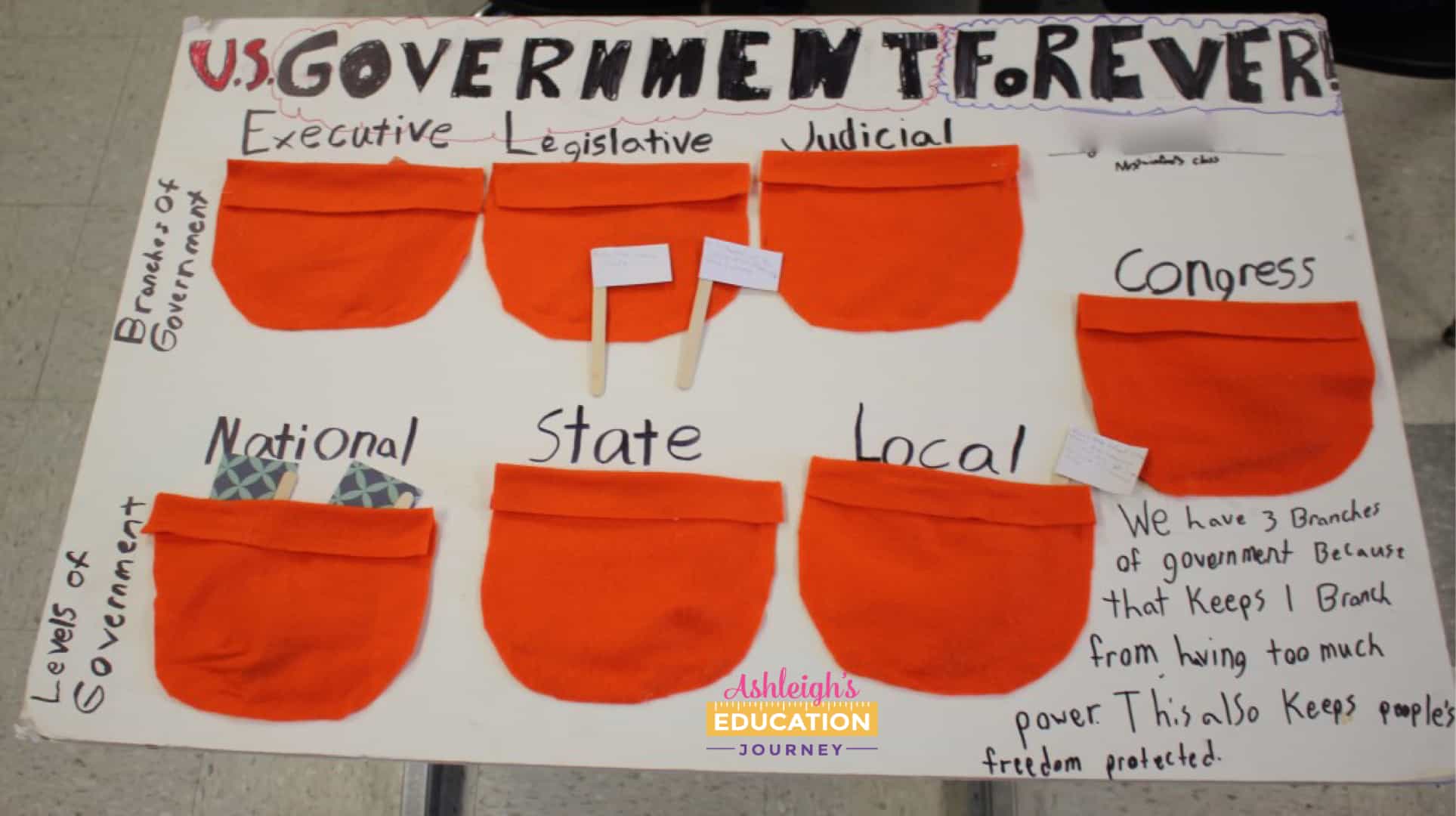
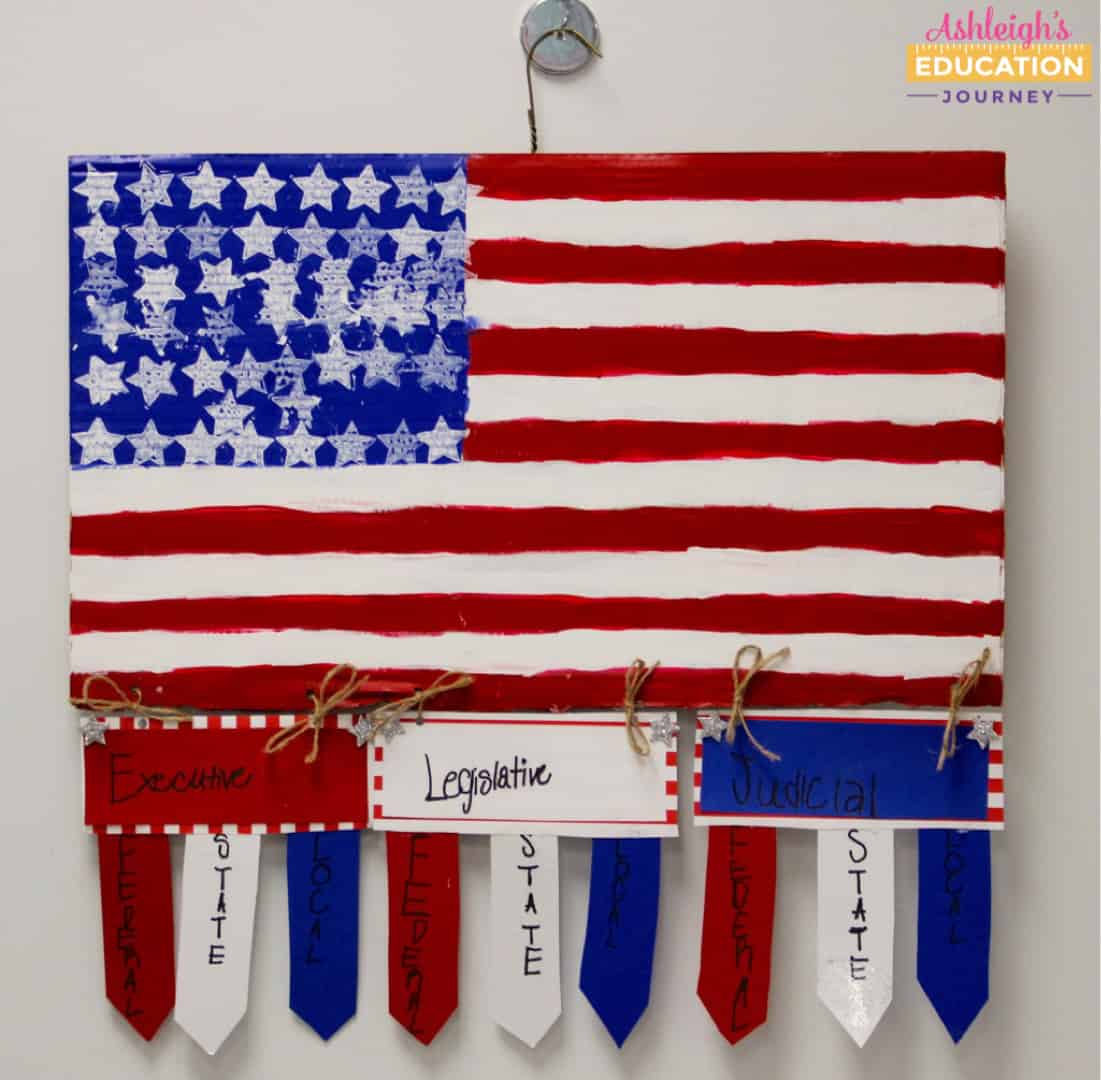
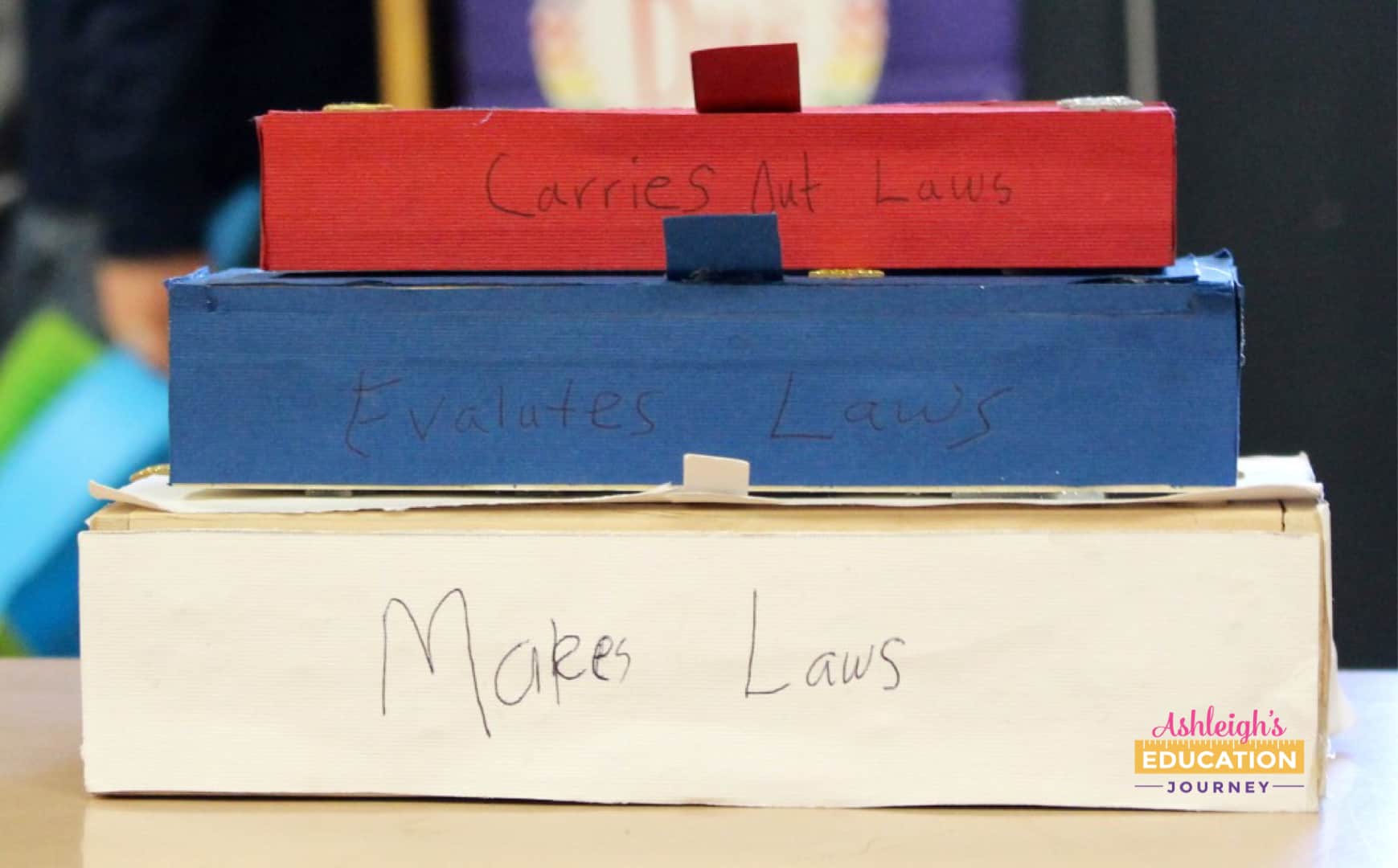
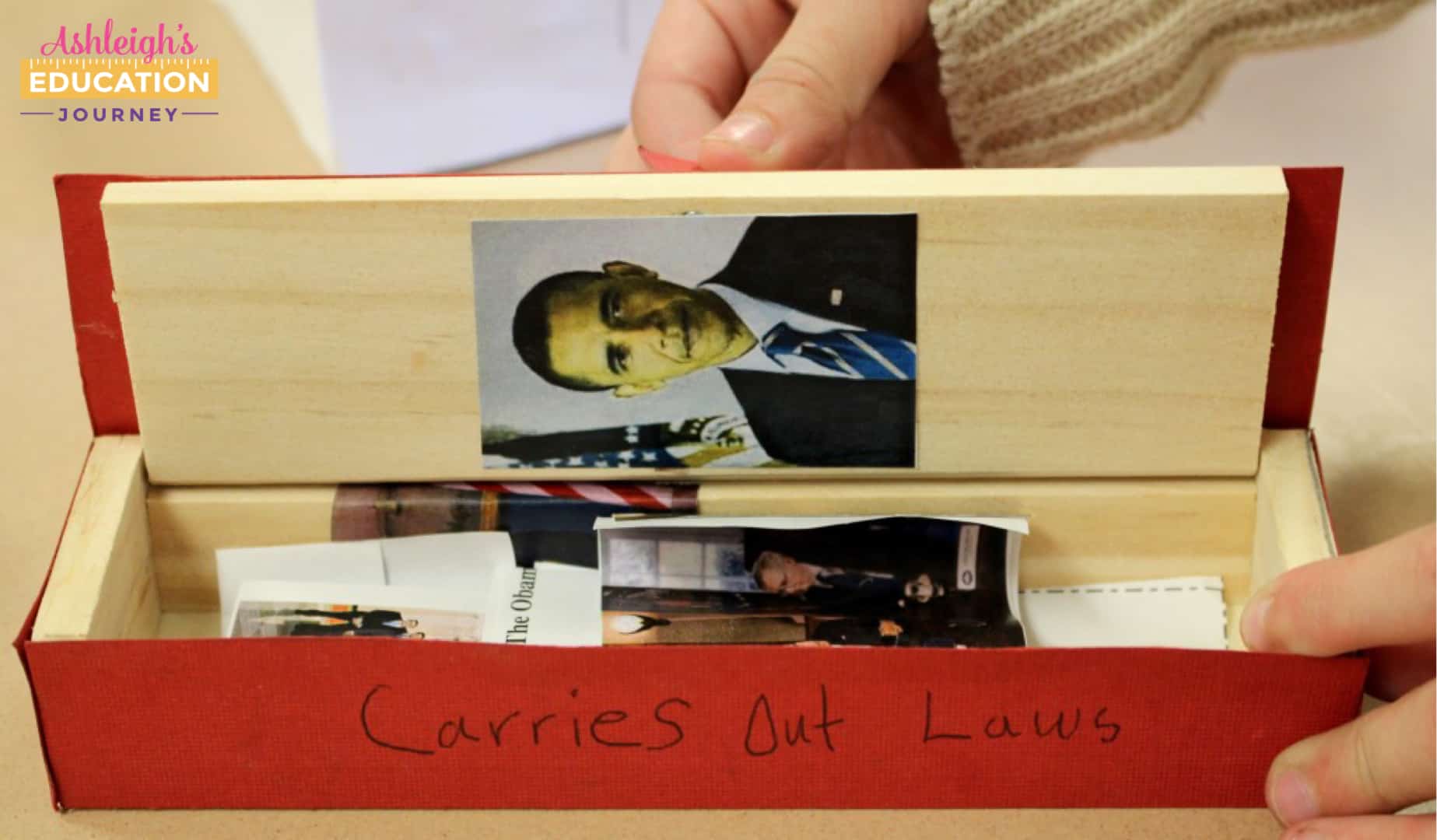


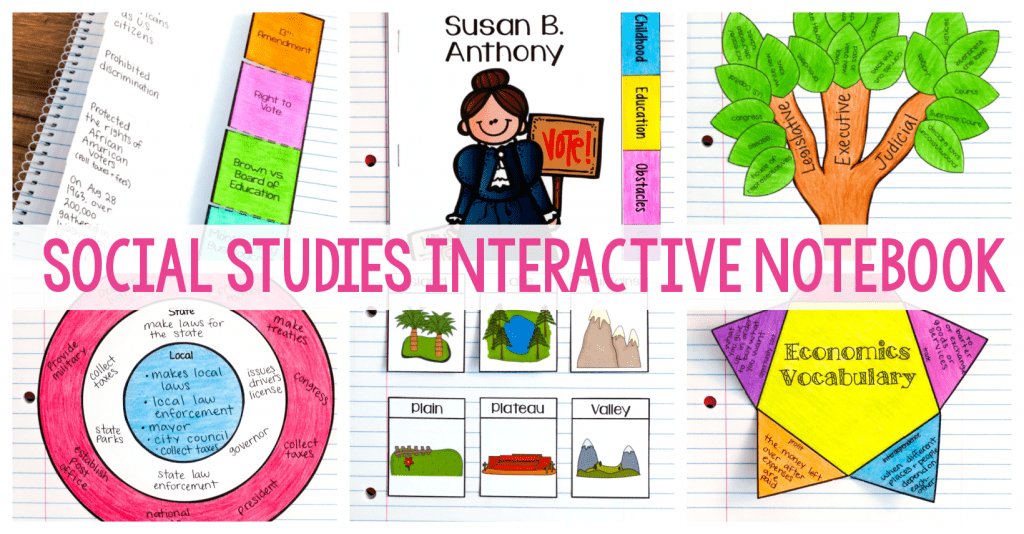
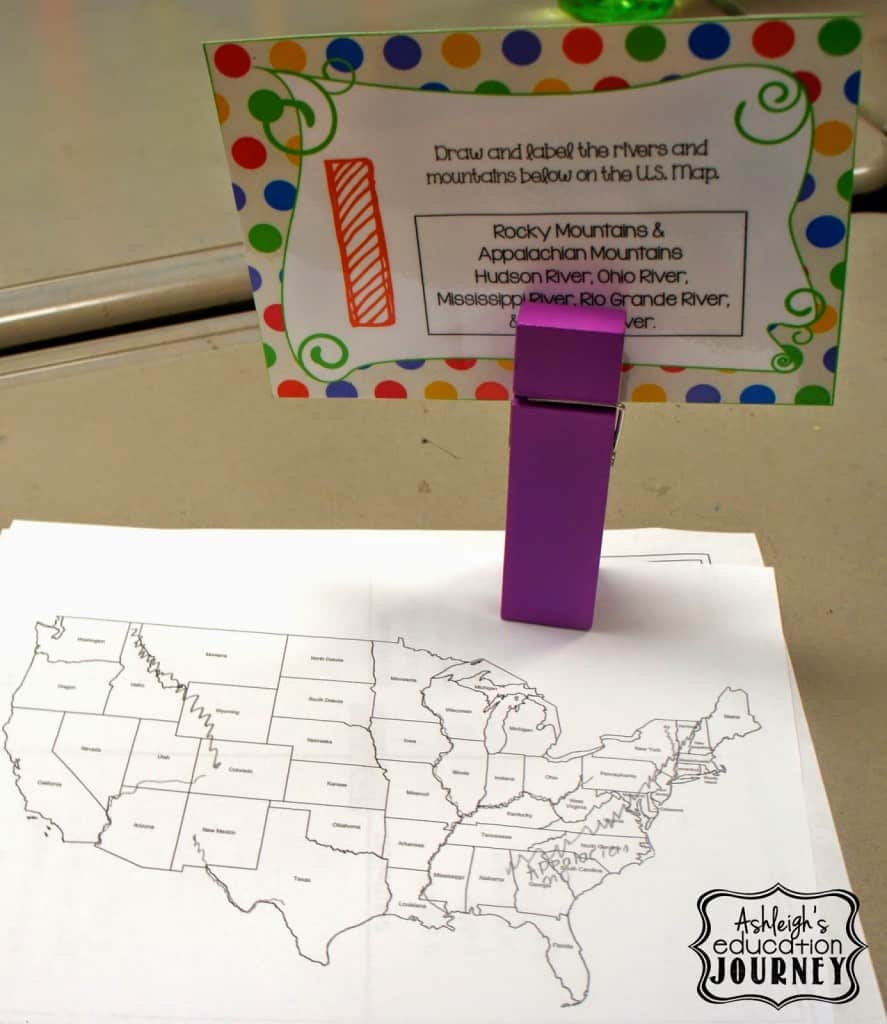
Hi! Is there a way to get the cootie catcher template? I’m not able to click on the picture. Thanks!
Hi there! It’s in the American Government unit.